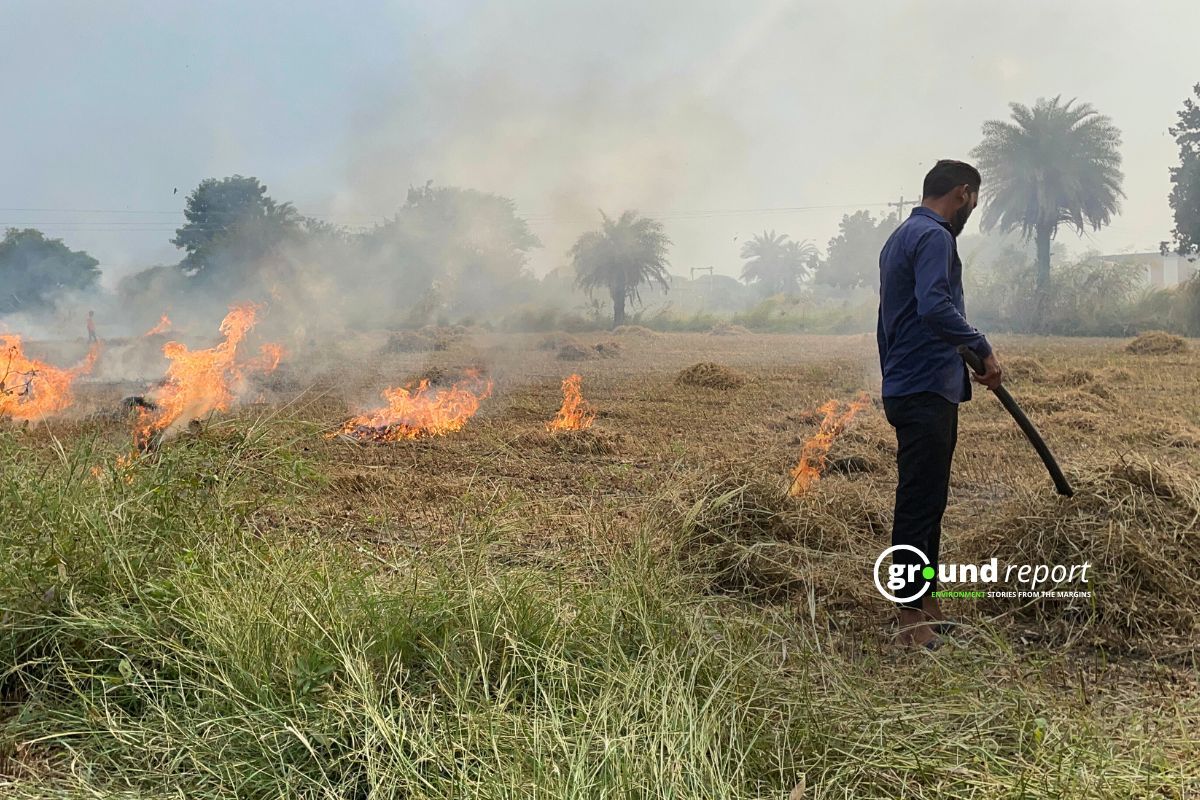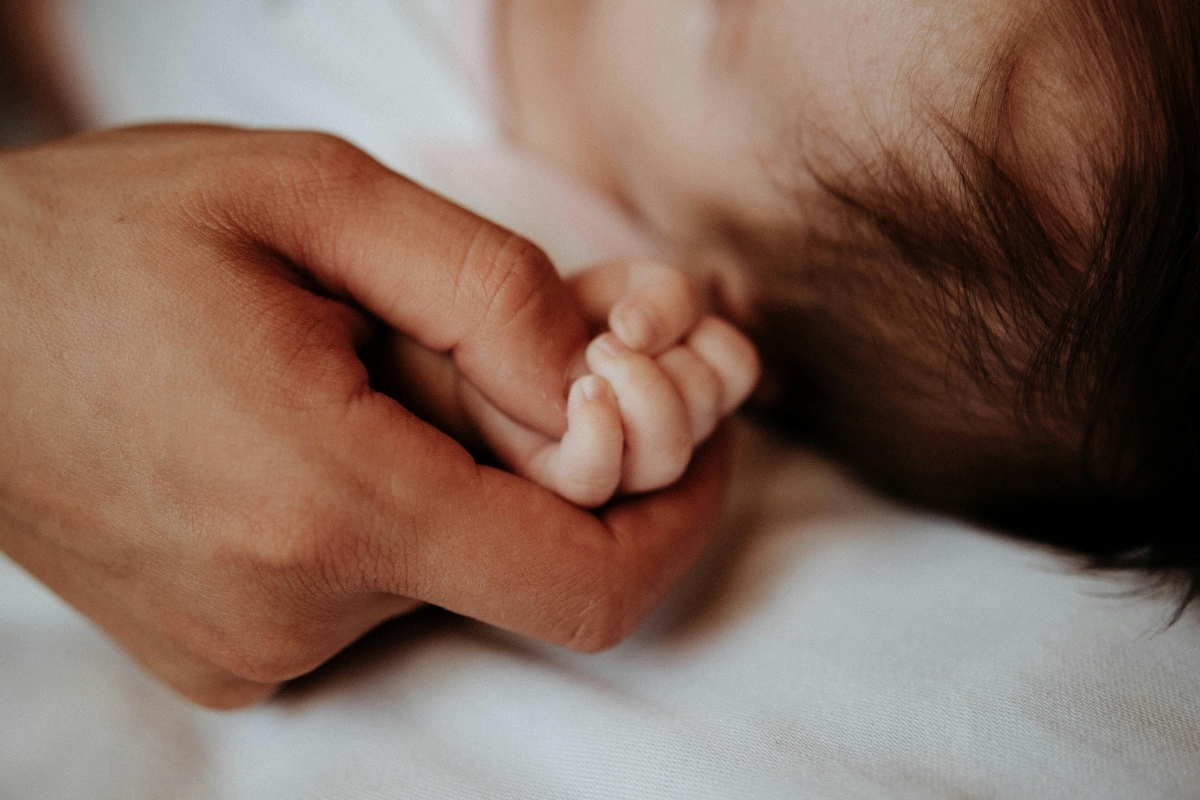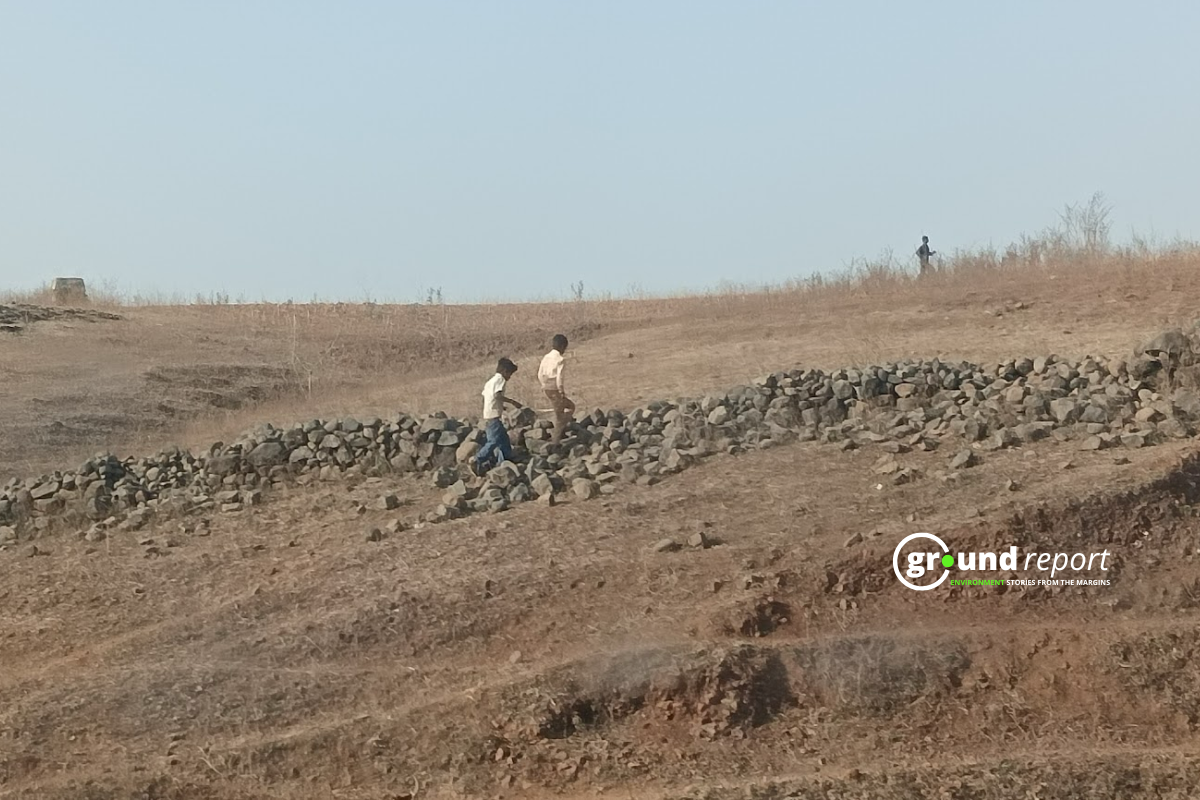On January 6, Madhya Pradesh Chief Minister Dr. Mohan Yadav raised concerns about the state’s health system during a Bhopal program. While flagging off 66 mobile medical units for 87 tribal blocks, Dr. Yadav directed probing questions to his officers about the state’s healthcare ranking. Unfortunately, the responses were unsatisfactory.
Dr. Yadav asked, “What is our state’s position in the national health ranking?” In response, Principal Secretary of the Health Department, Sandeep Yadav, could only provide a vague answer, saying, “We’re in the top 3 in all schemes.” This did little to clarify the state’s overall health status, prompting Dr. Yadav to push further: “What is our position in terms of health among the best states?” Deputy CM and Health Minister Rajendra Shukla intervened, attempting to defend the state’s health performance. He said, “Except for IMR (Infant Mortality Rate) and MMR (Maternal Mortality Rate), we are in a good position in other aspects.”
According to Dainik Bhaskar report, while the government’s claims of progress are not entirely without merit, the state’s healthcare system paints a troubling picture.
One of the most critical issues is the state’s performance in maternal and infant mortality rates. According to the National Family Health Survey (NFHS-5), Madhya Pradesh ranks poorly in these areas. The state records 173 maternal deaths per 100,000 live births, placing it among the highest in the country for maternal mortality. Additionally, 48 out of every 1,000 infants die before their first birthday, which is a significant public health concern.
The situation in rural areas is dire. With a population of over 7 crore, nearly 5.2 crore in rural Madhya Pradesh, there is a severe shortage of healthcare infrastructure. According to state statistics, there is a shortage of over 2,000 sub-health centers in rural and tribal areas, leaving millions without essential treatment options.
The shortage of medical personnel worsens the issue. Madhya Pradesh has a 61% vacancy rate for specialist doctors in hospitals. According to the health department’s own data, out of 4,167 approved posts for government hospital doctors, only 1,604 are filled. Over half of the posts for critical specialties like gynecology, pediatrics, and surgery are vacant. In districts like Betul, the situation is worse, with vacancies in key posts like district health officer and civil surgeon.
The staffing crisis extends beyond doctors. A report from the Comptroller and Auditor General (CAG) reveals that 60% of paramedical staff positions are vacant in the state’s district and civil hospitals. These shortages are deteriorating healthcare services, especially in smaller towns and rural areas.
State district hospitals and community health centers often operate with inadequate staffing. In Betul district, for example, of the 40 approved doctor positions across 9 health centers, only 2 doctors are serving, with no specialists to treat the pressing cases.
Support us to keep independent environmental journalism alive in India.
Keep Reading
Watch: Kashmir experiences first snowfall of season after dry spell
Amarnath Yatra: Tackling rising death toll from extreme weather events
Tourists arrival in Kashmir break records, a need to regulate it?
From tourist paradise to waste wasteland: Sindh River Cry for help
Follow Ground Report on X, Instagram and Facebook for environmental and underreported stories from the margins. Give us feedback on our email id greport2018@gmail.com.
Don’t forget to Subscribe to our weekly newsletter, Join our community on WhatsApp, and Follow our YouTube Channel for video stories.








